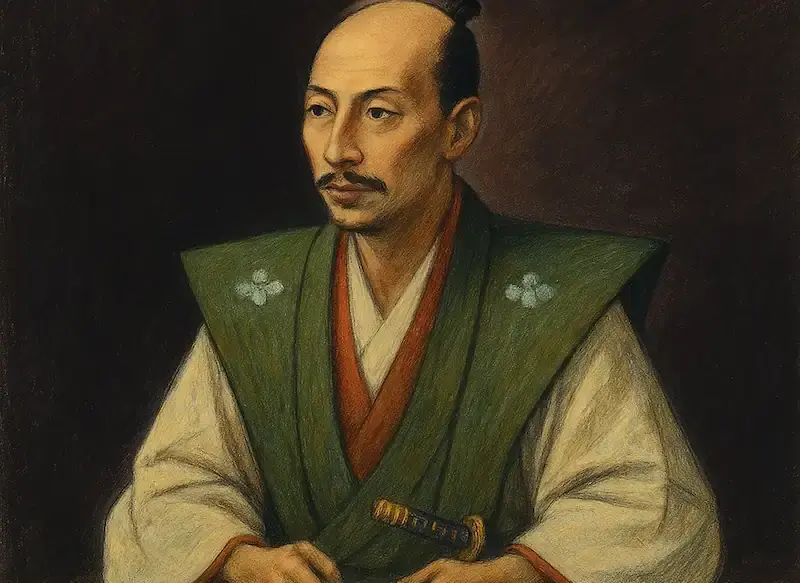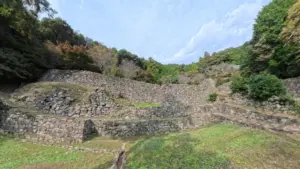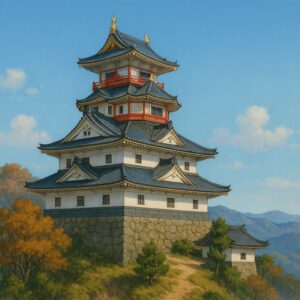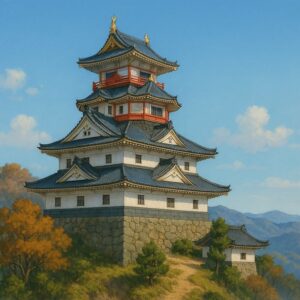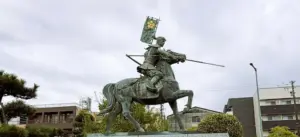
- The Warlord Whose Shadow Haunts the World of SHŌGUN
- Profile
- Travel Guide
- Why Is There a Shrine to Nobunaga in Nara? — Experience This Mysterious Landscape of Memory in 360 Degrees
- Azuchi Castle 360° Panorama Tour | Panoramic Views of the Tenshudai and Nio Gate
- Azuchi Castle 360° Panorama Tour | Otemichi and the Main Compound Pathways
- Azuchi Castle – Outer Grounds Guide
- Azuchi Castle Ruins
- November 15, 2025 – Joining “An Invitation to Sengoku Ōmi:The Genki Turmoil and the Rise of Oda Nobunaga, the Unifier of Japan”
- Encountering a Thousand-Year Fragrance — Experiencing the Miracle of Ranjatai at “Shōsōin THE SHOW” in the Ueno Royal Museum
- Exploring the Sengoku Heritage of Mino and Ōmi: From Nangū Taisha to Azuchi Castle and the Azuchi Castle Archaeological Museum (Travel Log)
- A Journey Through Nagoya’s Samurai Past: From Arako’s Toshiie Maeda Statue to Sōōji Temple and the Tokugawa Museum
The Warlord Whose Shadow Haunts the World of SHŌGUN
If you’ve watched the drama SHŌGUN, you’ve likely been captivated by its tense atmosphere and the turbulent era in which its characters struggle to survive. Looming silently behind the unfolding events is a powerful, ghostly presence—the shadow of a “lost ruler.” That figure is Kuroda Nobuhisa, a fictional character inspired by the legendary warlord Oda Nobunaga (1534–1582).
Though Nobuhisa appears in the series primarily through flashbacks, his presence is deeply felt throughout the narrative. Much like Nobunaga—who came close to unifying Japan before meeting a tragic end in the Honnō-ji Incident—Nobuhisa represents a symbol of both lost potential and enduring influence. His fictional legacy is carried forward by his daughter, Lady Ochiba, and her son, the young heir of the late Taikō.
The drama captures the duality of Nobunaga’s real-life legacy through Nobuhisa: a military genius and a ruthless tyrant, a forward-thinking reformer and a feared despot. Even in fiction, the aftershocks of his death ripple through every political alliance, betrayal, and wavering oath of loyalty.
Note: In real history, Lady Ochiba (Yodo-dono) was the niece—not the daughter—of Oda Nobunaga. This relationship is reimagined in the series to emphasize her inherited power and personal stakes in the political struggle.
SHŌGUN reminds us that sometimes the most powerful figures are those who no longer walk the earth—whose ambition, charisma, and iron will continue to shape destinies from the shadows.
